The business world in 2025 is witnessing dynamic shifts, with major industries embracing automation, sustainability, and digital transformation. This article explores the latest business trends, market changes, and industry developments shaping the global economy.
The global business landscape is undergoing a rapid transformation in 2025, driven by technological advancements, sustainability initiatives, and evolving consumer behaviors. From AI-powered automation to green energy investments, companies worldwide are adapting to new challenges and opportunities.
In this article, we will explore the most significant business trends shaping industries today, including digital transformation, supply chain innovations, financial market fluctuations, and the impact of global trade policies.
1. The Rise of AI in Business Operations
🚀 AI-Driven Decision Making
- Description: Artificial Intelligence (AI) is revolutionizing business operations, from customer service chatbots to automated financial analysis.
- Impact: AI enhances efficiency, reduces costs, and improves decision-making in various sectors, including finance, healthcare, and retail.
✅ Benefits:
✔ Faster and more accurate data analysis
✔ Reduced operational costs
✔ Improved customer experience through AI-powered chatbots
❌ Drawbacks:
✖ Job displacement due to automation
✖ Ethical concerns over AI decision-making
✖ High initial investment costs
Example: Companies like Amazon and Tesla are integrating AI-driven logistics and automation, improving supply chain efficiency and product delivery.
2. Sustainability and Green Energy Investments
🌱 Businesses Going Green
- Description: Companies are prioritizing eco-friendly solutions, investing in renewable energy, and adopting sustainable production methods.
- Market Trends: The demand for carbon-neutral products and services is increasing as governments push for stricter environmental regulations.
✅ Benefits:
✔ Reduced carbon footprint and environmental impact
✔ Long-term cost savings through energy-efficient technologies
✔ Enhanced brand reputation and customer trust
❌ Drawbacks:
✖ High initial costs for green energy adoption
✖ Regulatory complexities in different regions
✖ Potential disruption during the transition phase
Example: Tesla’s expansion in solar energy and battery technology has positioned the company as a leader in sustainable innovation.
3. The Evolution of Supply Chain Resilience
🚚 Overcoming Global Disruptions
- Description: Businesses are focusing on strengthening supply chains to prevent disruptions caused by geopolitical tensions, pandemics, and trade restrictions.
- Strategies: Companies are nearshoring, diversifying suppliers, and investing in blockchain for real-time tracking.
✅ Benefits:
✔ Improved efficiency and risk management
✔ Reduced dependency on single suppliers
✔ Faster response to global crises
❌ Drawbacks:
✖ Increased costs for diversification
✖ Technological adaptation challenges
✖ Trade policies affecting imports and exports
Example: Apple is diversifying its supply chain by expanding manufacturing hubs outside of China to reduce risks associated with trade wars.
4. The Changing Face of Remote Work
🏠 Hybrid Work Model Becomes the Norm
- Description: Companies are embracing flexible work models, combining remote and in-office setups to enhance productivity and employee satisfaction.
- Workforce Trends: Digital nomadism and coworking spaces are growing, with businesses investing in cloud collaboration tools.
✅ Benefits:
✔ Increased employee satisfaction and work-life balance
✔ Cost savings on office space and utilities
✔ Access to a global talent pool
❌ Drawbacks:
✖ Challenges in maintaining team collaboration
✖ Cybersecurity risks from remote access
✖ Difficulty in tracking employee productivity
Example: Google and Microsoft have adopted permanent hybrid work policies, allowing employees to work remotely while maintaining office collaboration spaces.
5. The Volatility of Financial Markets
📈 Economic Uncertainty and Stock Market Fluctuations
- Description: 2025 is witnessing fluctuating stock markets due to inflation concerns, interest rate changes, and geopolitical conflicts.
- Investment Strategies: Businesses and investors are focusing on diversification, digital assets, and hedging techniques.
✅ Benefits:
✔ More investment opportunities in emerging markets
✔ Growth of decentralized finance (DeFi) solutions
✔ Increased financial literacy among investors
❌ Drawbacks:
✖ Market unpredictability affecting investments
✖ Rising inflation reducing consumer purchasing power
✖ Higher interest rates impacting borrowing costs
Example: The rise of AI-driven trading platforms is helping investors navigate volatile financial conditions with real-time insights.
6. Global Trade Policies and Economic Shifts
🌎 Adapting to Changing Regulations
- Description: Governments worldwide are reshaping trade policies, affecting imports, exports, and international business strategies.
- Key Changes: Tariffs, supply chain localization, and trade agreements are influencing global economic dynamics.
✅ Benefits:
✔ Strengthened domestic industries
✔ Opportunities for new trade partnerships
✔ Enhanced national security through supply chain control
❌ Drawbacks:
✖ Increased costs for international trade
✖ Possible restrictions on market access
✖ Regulatory compliance complexities for businesses
Example: The UK and EU are renegotiating trade agreements post-Brexit, impacting businesses across multiple sectors.
7. The Digital Transformation of Traditional Businesses
💡 Embracing E-commerce and Automation
- Description: Traditional brick-and-mortar businesses are adopting digital solutions to remain competitive, integrating e-commerce, automation, and data-driven strategies.
- Industry Shifts: The retail, healthcare, and financial sectors are leading the way in digital adoption.
✅ Benefits:
✔ Increased customer reach through online platforms
✔ Streamlined business operations through automation
✔ Data-driven decision-making for better business strategies
❌ Drawbacks:
✖ Cybersecurity threats from digital expansion
✖ High costs of digital infrastructure
✖ Resistance to change in traditional businesses
Example: Walmart’s digital transformation includes AI-powered inventory management and same-day delivery services.
Community Reactions and Expert Opinions
- Industry Leaders Speak: Business executives emphasize the importance of AI and green energy investments for future growth.
- Consumer Trends: Customers are increasingly favoring brands that align with sustainability and digital accessibility.
- Market Analysts: Experts predict that adaptive businesses will thrive in the evolving economic climate.
What’s Next for Businesses in 2025?
- 🔮 AI and automation will continue to dominate business strategies.
- 🌱 Sustainability will drive innovation across industries.
- 📈 Market volatility will require smarter investment strategies.
- 🏠 Remote and hybrid work models will redefine corporate culture.
Final Thoughts
The 2025 business landscape is rapidly evolving, influenced by technology, sustainability, and economic shifts. Companies that embrace these changes and adapt their strategies will thrive in the competitive market. Whether it’s AI integration, supply chain resilience, or green investments, the future belongs to businesses that innovate and stay ahead of the curve.
🚀 What Do You Think?
Are these trends shaping your industry? Let us know in the comments!

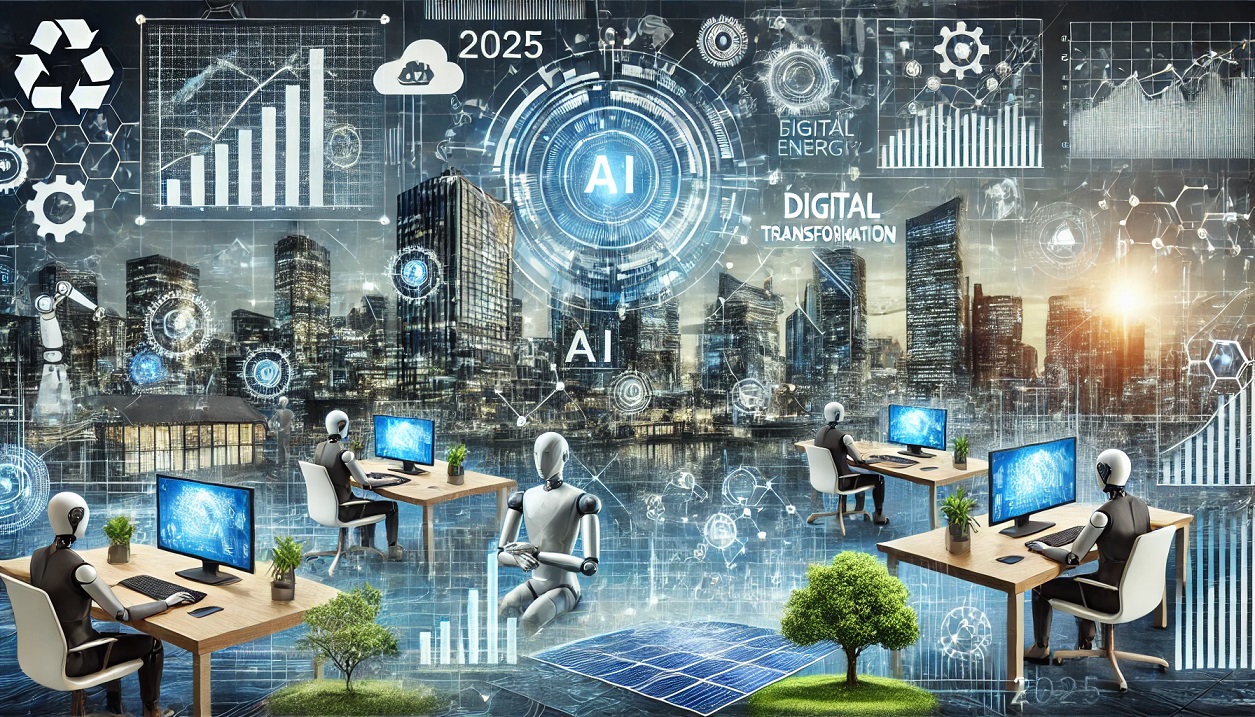
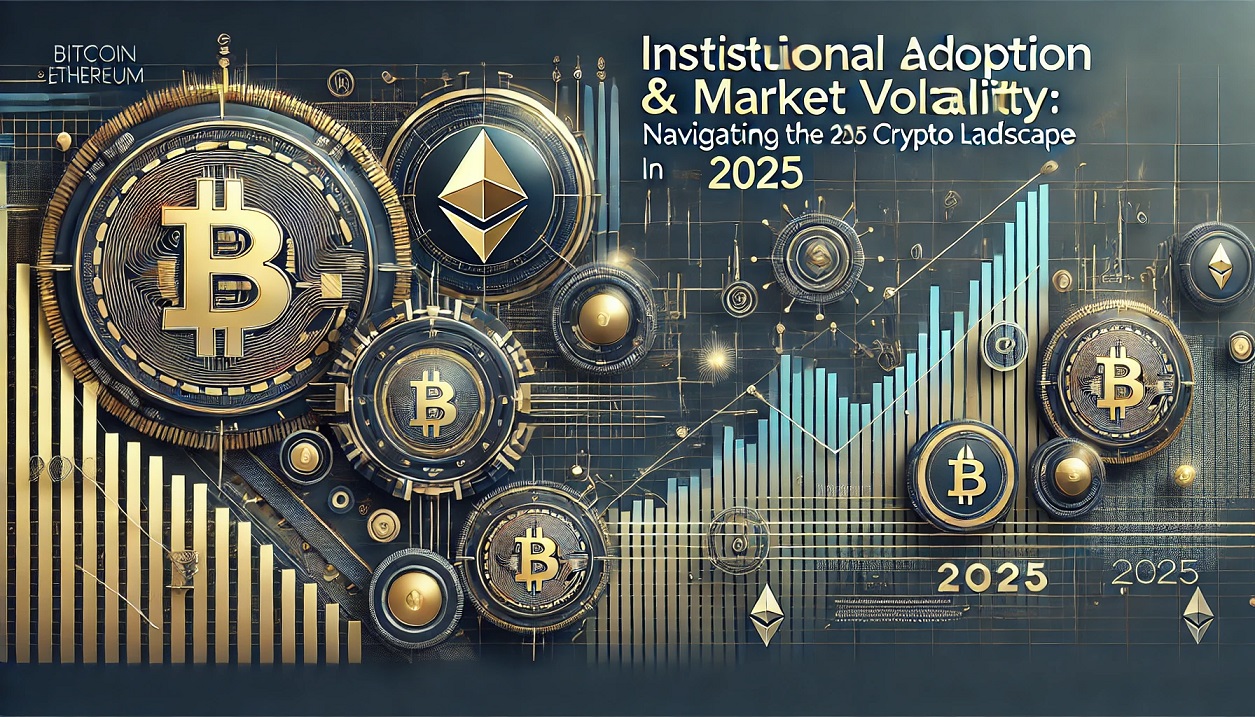
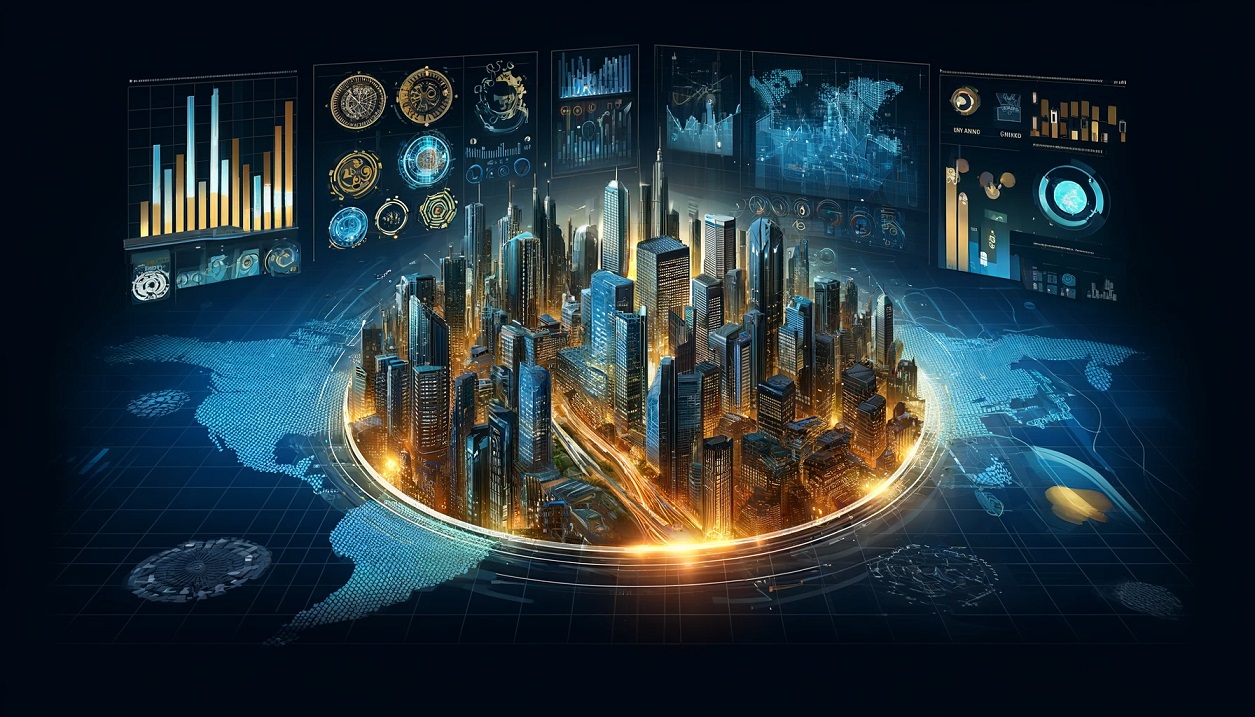
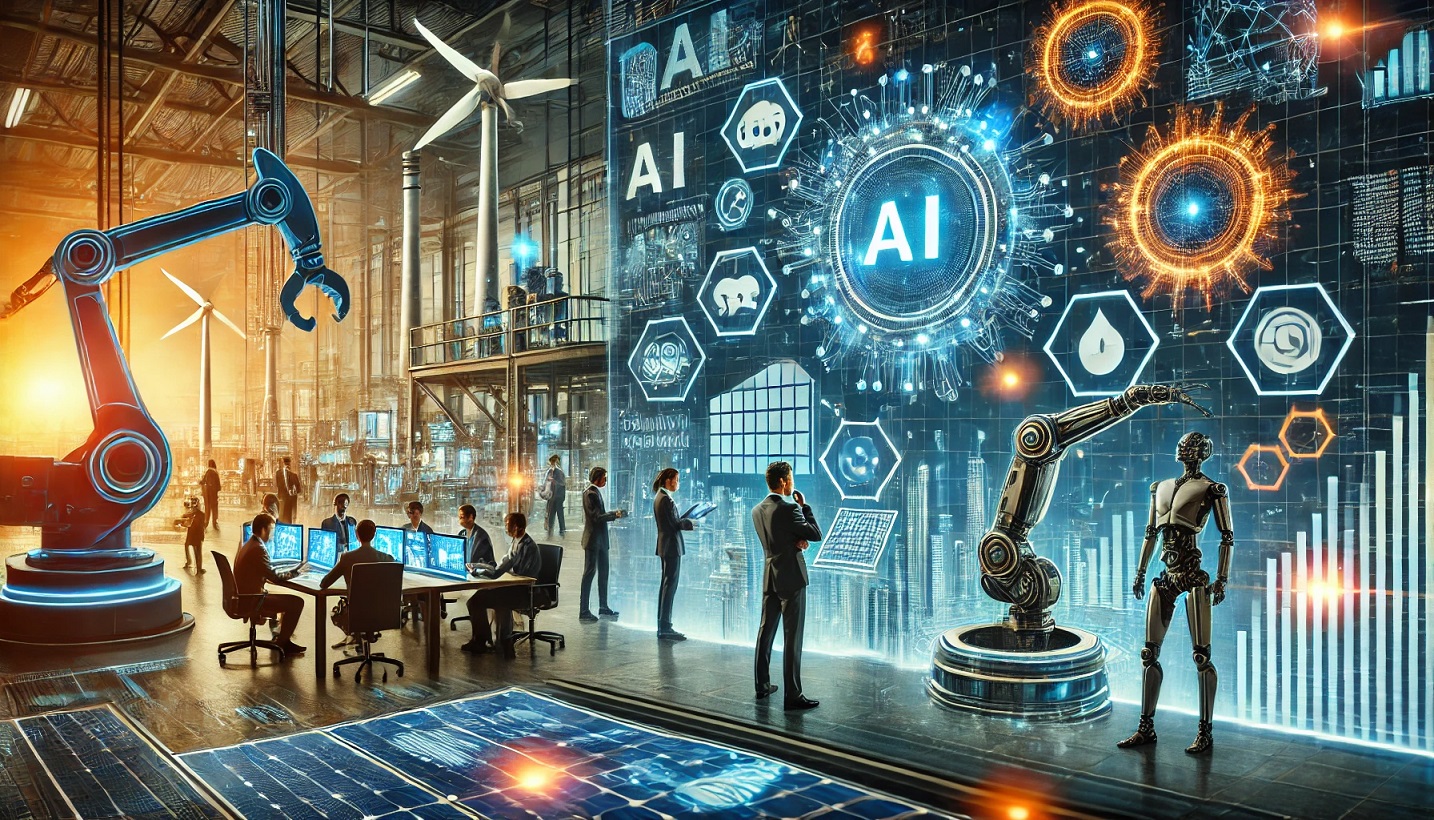
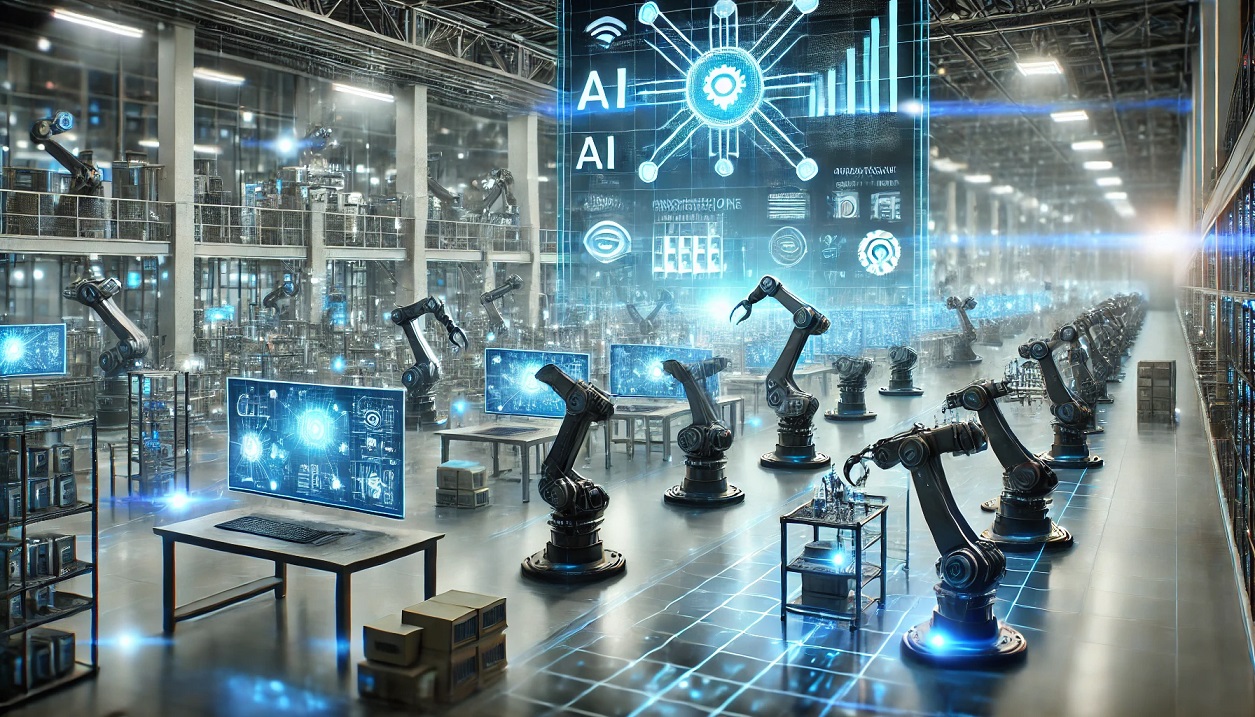
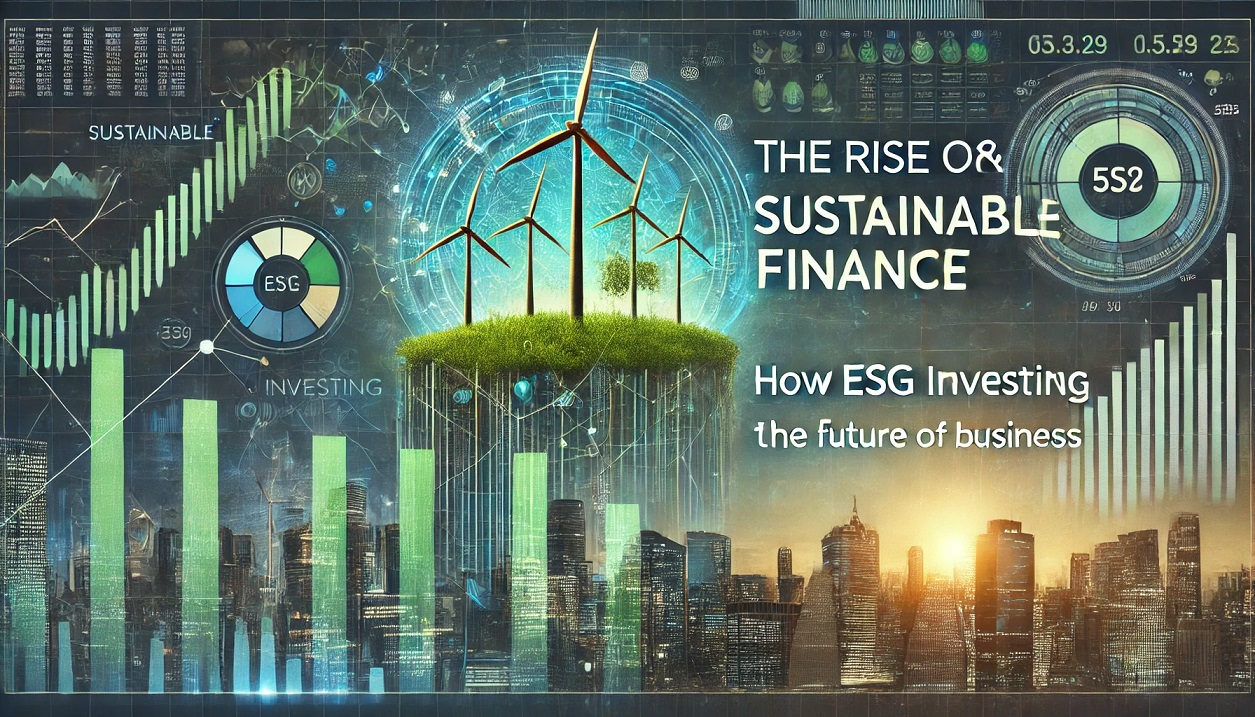
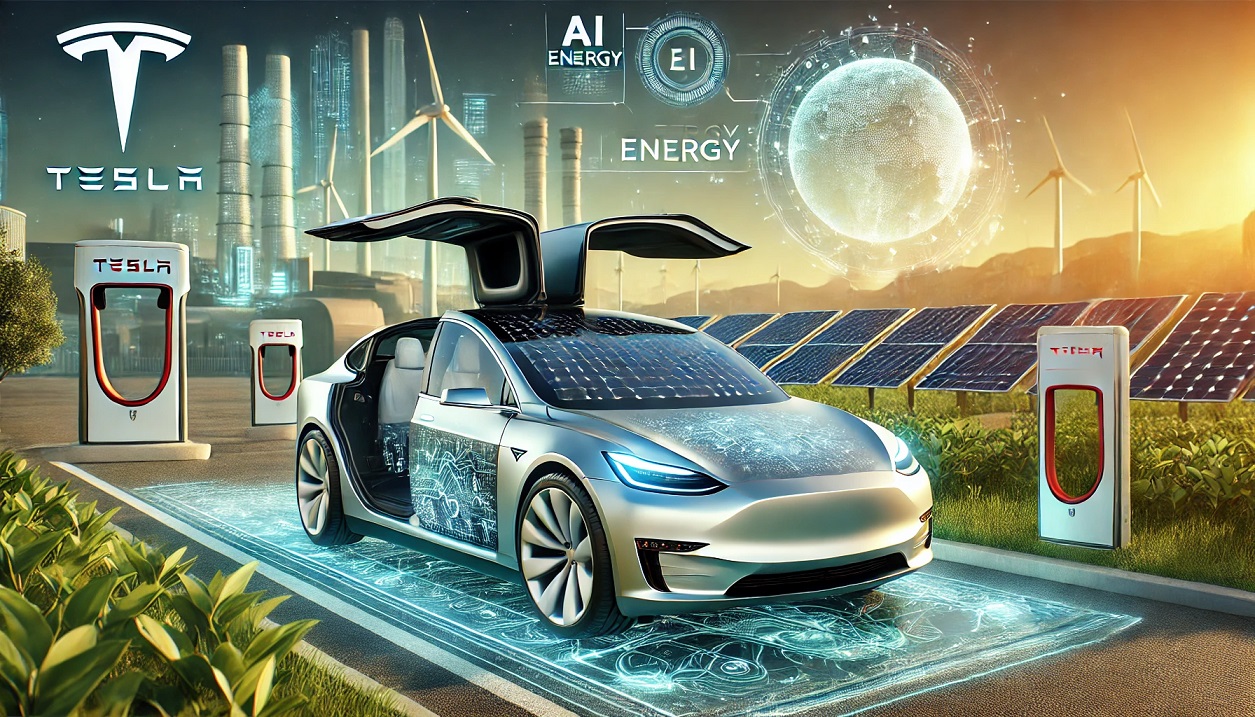
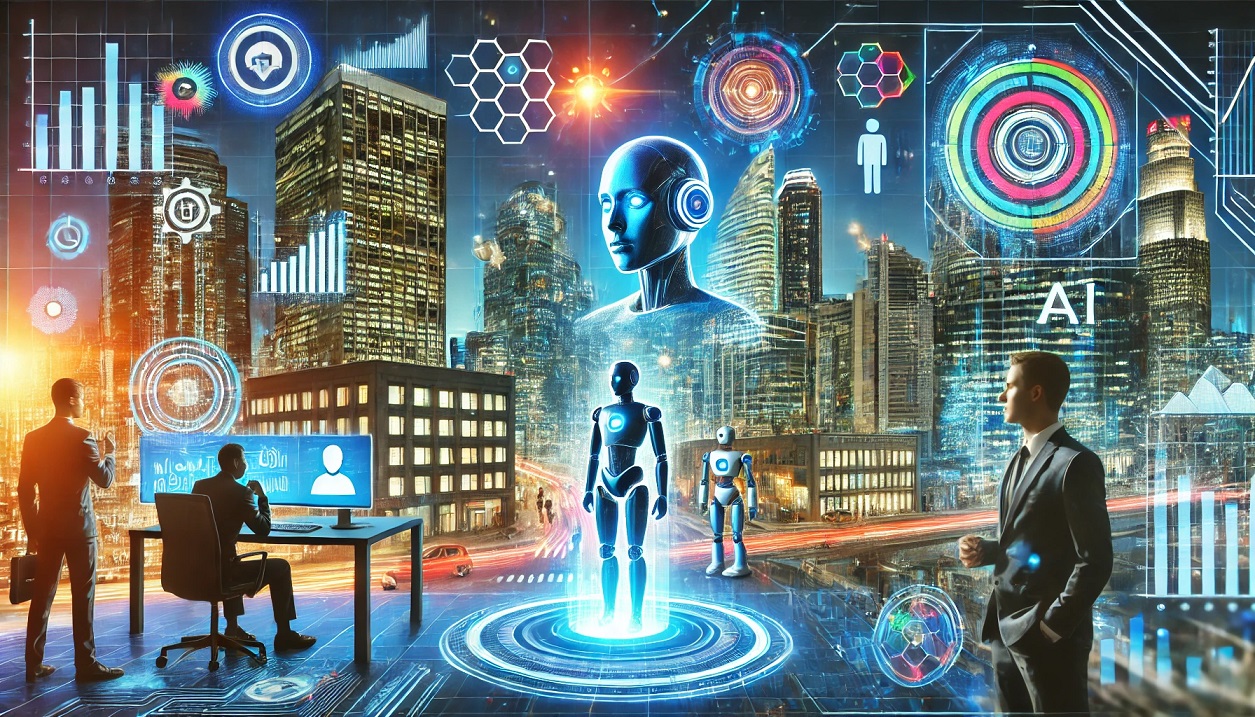


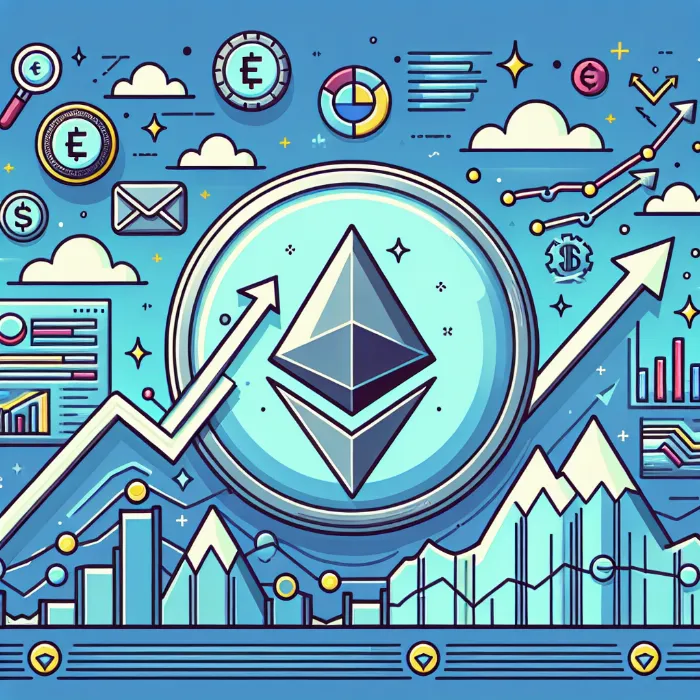





Comments 0